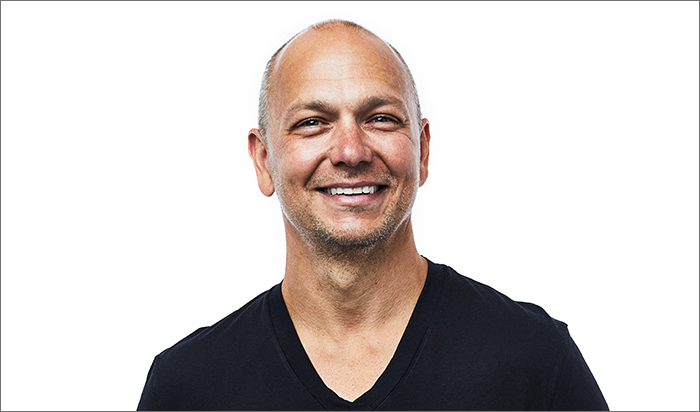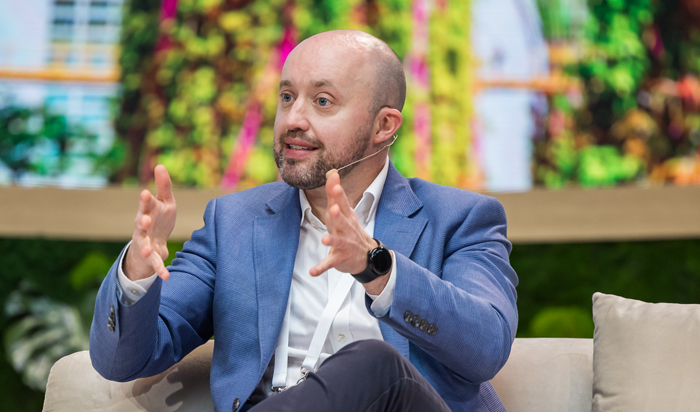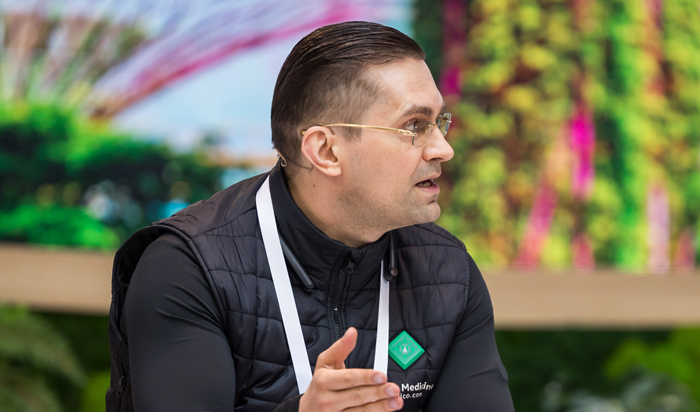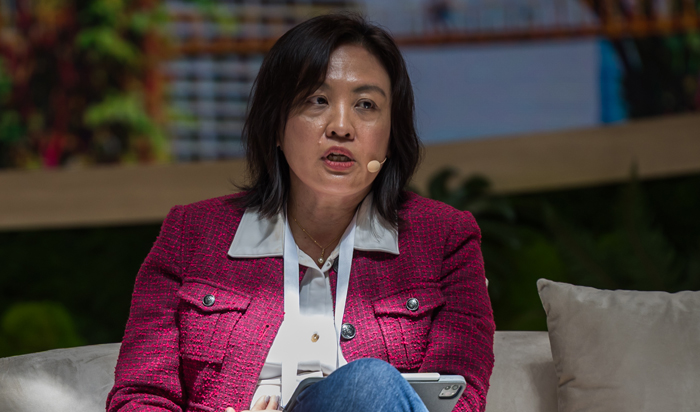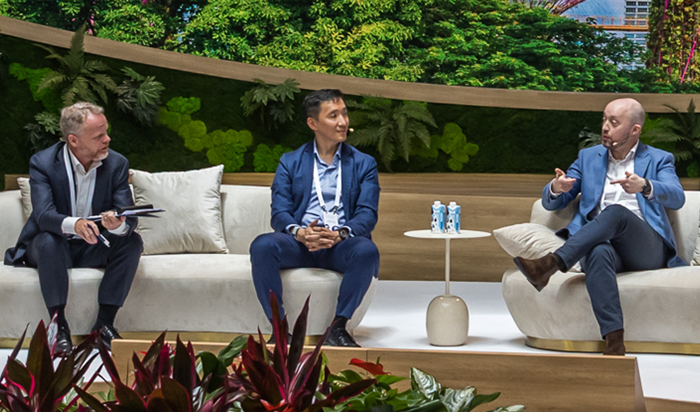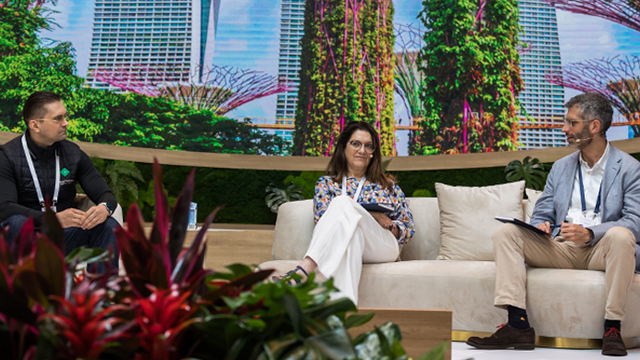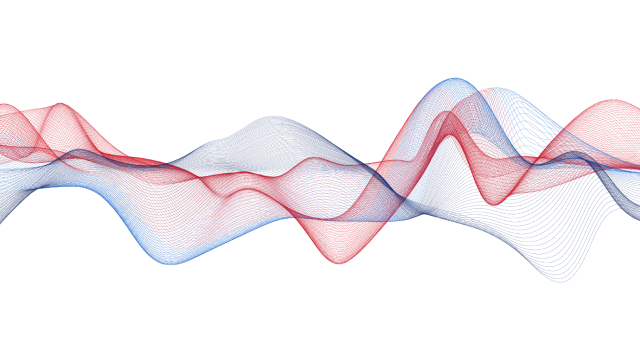Much of the work in this field takes place in space, using satellites. If an entangled photon source on a satellite is linked to two photons on the Earth’s surface, an unbreakable level of encryption can be affected, and any attempt to hack it instantly detected.
China leads the world in this satellite communication endeavor, first achieving quantum communication with its Micius satellite launched in 20167. Today the Deep Space Quantum Link, developed by the NASA Jet Propulsion Laboratory, is developing the use of QKD at deep space distances8. Ling’s center in Singapore is working on achieving similar outcomes to Micius on shoebox-sized satellites9.
The ability to develop secure cryptography on this scale has a regrettable flip side:: the ability to crack codes, which brings us back to Q-Day – which may be close at hand (the Global Risk Institute, consulting leading experts in a 2023 study, calculated a 31% chance that Q-Day would arrive within a decade: by 203310.).
The Shor algorithm11 tells us that if you have a really powerful, fault-tolerant computer, you can break the codes that we use today”, Ling says. This brings us into the realm of national security, and the need to protect against the misuse of a technology even before that technology is fully developed.
In Singapore, even as quantum research develops, work is underway in parallel on a National Quantum-Safe Network12, which seeks to preserve the security and integrity of systems in a quantum age.

